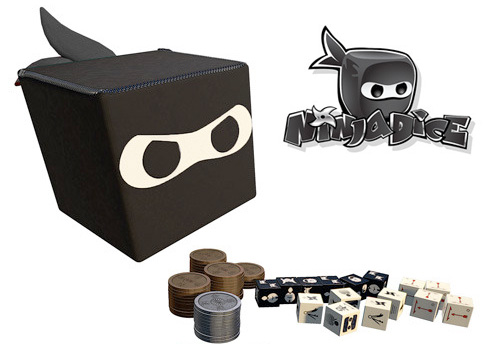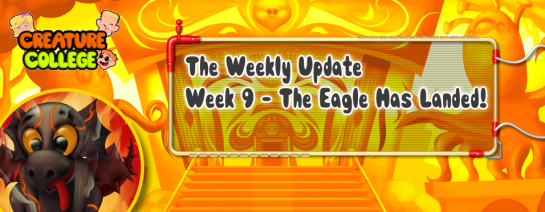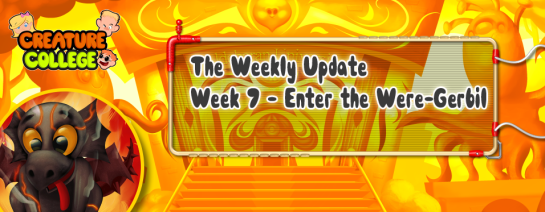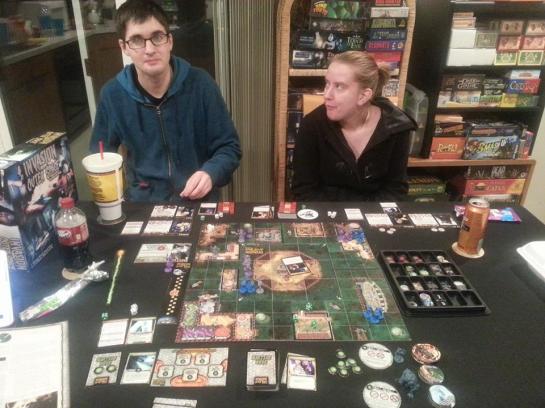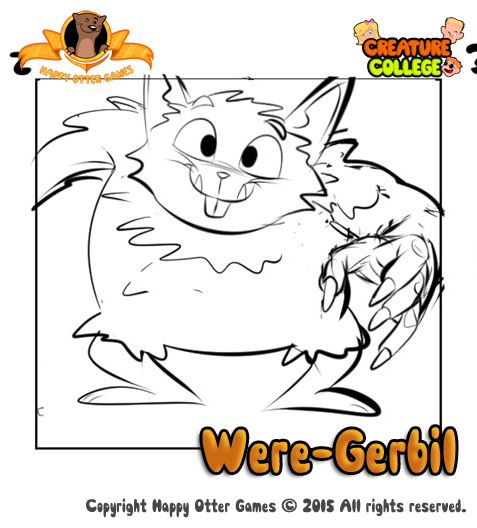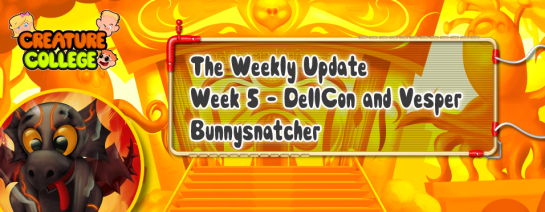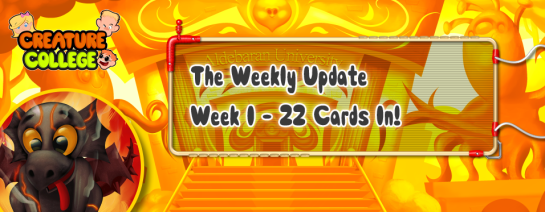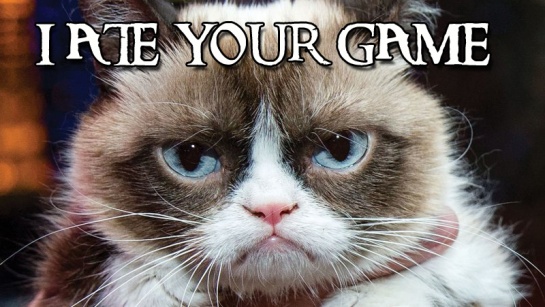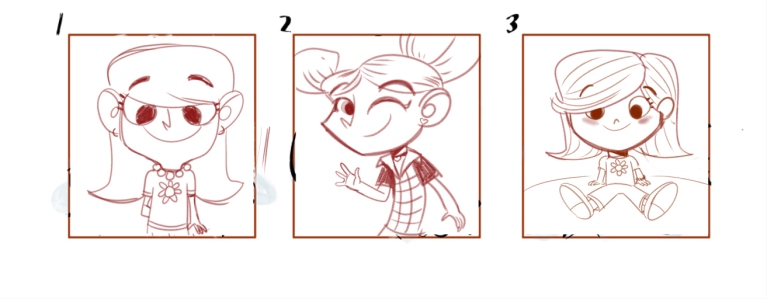
As you probably know if you’re here, Happy Otter Games is embarking on publishing it’s first game, Creature College, this Autumn via Kickstarter. So I’m going to preface all of these articles with the predicate that I’m learning as I go along and we’ll have to see whether my efforts are more or less successful than others.
I’m also going to predicate these articles by saying “I love games”, it’s my passion, I’ve been playing board games, RPGs, card games, video games and pretty much any other sort of game I can get my hands on for over 35 years. Building a board game and publishing it, if you’re doing it right, is a phenomenal amount of work. On top of my normal job I probably spend at least 20 hours a week working on Creature College. Don’t even begin down this path unless you have a passion for games because you’re going to need that passion to sustain you when you’re looking at a piece of design work that you just can’t get right at 2:00 AM in the morning!
Our game has been in development for just over a year now and I thought it might help others who are about to start down this path if I wrote about some of my experiences along the way. You might think that starting this series with an article about art is a little eccentric, what about the design of the game? What about the mechanics? What about play testing? I agree with you, all these things are important, very important but….
Now I know that different people tick in different ways however the first thing many people probably judge a game on is whether or not it looks engaging. I’m fairly certain that the majority of us will have been in a games shop or on Amazon browsing games. Sometimes we’ll have been on Board Game Geek and found a top rated game were interested in but often as not I’ll just browse for something that looks interesting and the first thing that normally catches me is the artwork.
Just recently I was both interested and touched by an individual who was brave enough to post a synopsis of why they felt their game had missed it’s funding target on Kickstarter. They’d done many of the right things, play tested for hours, built a small community, sent the game for reviews, advertised…In many ways they deserved their Kickstarter to be a success. Their game had a farming theme and many of the cards were obviously rural in nature, animals, places, that sort of thing.
The artwork was shockingly dreadful. Essentially it consisted of photos with a Photoshop artistic filter smeared over the top. It’s a testament to the quality of the other work that this individual did that he managed to make any funding at all on Kickstarter and here’s the point, had the artwork looked and felt engaging…had he thought about the artwork and design he might well be delivering his games to people right now.
I’m going to major on artwork in this article *not* graphic design. Aren’t they the same thing I hear you cry! No…absolutely not…we’ll come to this in a later article but one thing I’ve learnt in my journey is that you can’t assume that your artist can also provide your graphic design, they are different skills.
There are several obstacles the budding game designer has to overcome when looking for the artwork:
- Art Style – what art style should your game have, cartoony, epic myth, grunge, Steam Punk. Whatever you choose should be in keeping with the theme of the game. For instance a Steam Punk style probably won’t work terribly well in a game about cute cuddly animals but will probably be fine in a game of battling Victorian airships. Choose an art style that matches your theme well.
- Reference Material – Whether you happen to be a talented artist or you’re hoping to find or hire someone, reference material will help a lot. Find images, styles and fonts that match the artistic style that you want for the game. You won’t be able to use any of these materials directly unless they’re royalty free but they’ll provide a great resource for developing your own artwork.
- Finding an Artist – You may be an artistic genius yourself (and be honest with yourself here) but likely as not you’ll need to find an artist. There are lots of good internet locations where artists hang out but a couple are the Board Game Geek forums and CG Society. Make sure that you take a good look at other work the artist has completed and that they can create artwork in the style you’re looking for. Also remember to do the legal work…agree a price then sign a contract that specifies that the copyright to the artwork transfers to you. You can find standard art contracts at various places on the Internet
- Payment – unless you happen to have an extremely talented an altruistic friend who you’re working with, you’re going to have to pay for artwork. Remember here that good artwork takes time, hours of time, be realistic in what you’re expecting to pay. $100 per picture is way too much $10 is an incredibly good deal. $20-$30 per picture is probably about right. Ensure you have enough budget to cover the artwork for your whole project.
- Time – Don’t expect to have all your artwork completed within a week. If the artwork is great artwork expect it to take months and plan accordingly. At the same time however, make sure you set a schedule with your artist and encourage them to meet that schedule. Ensure that you agree a payment schedule up front and stick to it making your payments regularly. Losing an artist due to a disagreement could set you back months and be very costly.
So now you have your artist and your starting on the artwork, what next? Think about the artwork for your game and have a cohesive view of how it all fits together. The way I achieved this (and I know I can be a bit of a sad puppy this way) is that I put all my artwork requirements and descriptions into two or three excel spreadsheets so that the art work I wanted had a set of descriptions and resources ready to send to my artist. Then brief your artist with a detailed description (no more than a paragraph of text) and reference images.
If groups of characters or other actors (ships, monsters, killer 50ft high robots, etc.) have a specific theme then give the artist very strong guidance on theme. Numerous games do this well but taking a leaf from a massively multi-player game the race themes in EVE Online are worth taking a look at as an example of how to do this well.
Agree up front with your artist how you want to work. I’ve found that the artist producing a couple of concepts for each piece of artwork really helps you visualise the end piece of art work. Also be very positive about your artist’s work, even when it doesn’t go quite the way you want. Always remember that brilliant art is hard and every piece from a good artist is probably praise worthy even if it doesn’t fulfill your vision for the piece of artwork. Gentle guidance is almost always better than a harsh word.
I hope this short guide has been useful for people, if it has I will probably do the next episode on Graphic Design. I’d love people to add their own experiences and please do critique.
Orhan.



